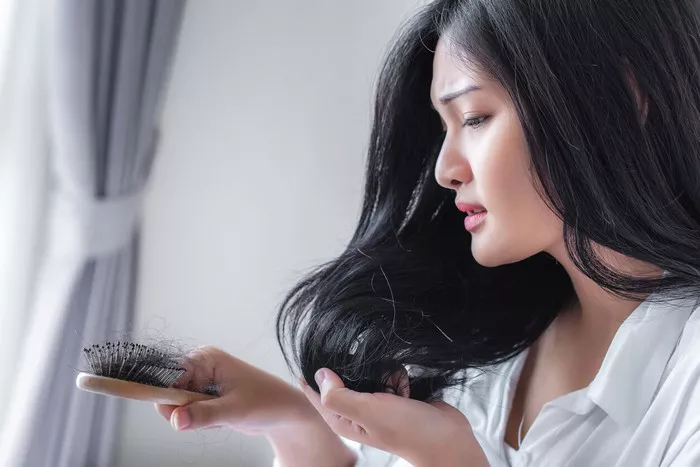Hair, often regarded as our crowning glory, requires proper care to maintain its health and vitality. However, despite our best efforts, many of us may encounter the issue of dead hair at some point. Understanding what dead hair feels like, its causes, and how to address it is essential for maintaining luscious locks. In this article, we delve into the intricacies of dead hair, its characteristics, causes of damage, signs of deterioration, preventive measures, repair strategies, home remedies, when to seek professional help, and product recommendations.
Explanation of Dead Hair
Dead hair refers to strands that have lost their vitality and strength. Unlike healthy hair, which is resilient and vibrant, dead hair lacks moisture and elasticity, making it prone to breakage and damage. Characteristics of dead hair include weakness, brittleness, dullness, lifelessness, and a rough texture. While healthy hair reflects light and feels smooth to the touch, dead hair appears lackluster and feels coarse.
Causes of Hair Damage
Hair damage can stem from various factors, both external and internal. Common causes include daily heat styling, frequent dyeing or bleaching, insufficient moisturizing, harsh hair treatments such as perming or relaxing, and infrequent trims. Excessive exposure to sunlight, chlorine from swimming pools, and environmental pollutants can also contribute to hair damage, stripping away its natural oils and moisture.
Signs of Damaged Hair
Recognizing the signs of damaged hair is crucial for implementing timely interventions. Symptoms may include split ends, dryness, dullness, changes in texture such as frizziness or straw-like strands, and increased tangling or difficulty in managing hair. If left unaddressed, damaged hair can progress to more severe conditions, leading to further breakage and loss of hair integrity.
Preventive Measures
Preventing hair damage requires adopting healthy hair care practices. Strategies include reducing the frequency of heat styling, avoiding over-bleaching or excessive chemical treatments, using protective products such as heat protectants and UV sprays, and maintaining a balanced diet rich in vitamins and minerals essential for hair health. Regular trims every 6-8 weeks can also help prevent split ends from traveling up the hair shaft.
Repair Strategies
Repairing damaged hair necessitates a multifaceted approach. Trimming dead ends is essential to prevent further splitting and breakage. Additionally, incorporating damage-repairing hair care systems containing ingredients like keratin, argan oil, and vitamins can help nourish and strengthen the hair shaft. Deep conditioning treatments, applied weekly or bi-weekly, can replenish moisture and restore elasticity to dry and brittle strands.
Home Remedies and Treatments
Several home remedies and treatments can aid in reviving damaged hair. Coconut oil, renowned for its moisturizing properties, can be applied as a pre-shampoo treatment to hydrate and soften hair. Aloe vera gel, rich in vitamins and enzymes, can soothe the scalp and promote hair growth. Egg masks, containing protein and biotin, can strengthen and fortify weak and brittle hair. Apple cider vinegar rinses can help restore pH balance and impart shine to dull strands.
Professional Help
In cases of severe hair damage or persistent issues, seeking professional help from a hairstylist or trichologist is advisable. Trained professionals can assess the condition of the hair and scalp, identify underlying issues such as fungal infections or hormonal imbalances, and recommend tailored treatments or therapies. Professional hair treatments such as keratin treatments or protein reconstructor treatments can provide intensive repair for severely damaged hair.
Product Recommendations
When selecting products for damaged hair care, it’s essential to choose formulations specifically designed to address the unique needs of compromised strands. Look for shampoos and conditioners labeled as “repair” or “damage control,” containing ingredients such as hydrolyzed proteins, ceramides, and moisturizing agents like glycerin or shea butter. However, it’s essential to remember that results may vary depending on individual hair types and conditions. Conducting a patch test before trying new products can help minimize the risk of adverse reactions.
In conclusion, understanding the characteristics of dead hair, its causes, and signs of damage is crucial for maintaining healthy and vibrant locks. By implementing preventive measures, adopting repair strategies, utilizing home remedies, knowing when to seek professional help, and selecting suitable products, you can effectively address and mitigate hair damage, restoring your hair’s natural beauty and vitality. Remember, consistent care and attention are the keys to achieving and maintaining gorgeous, lustrous hair.


